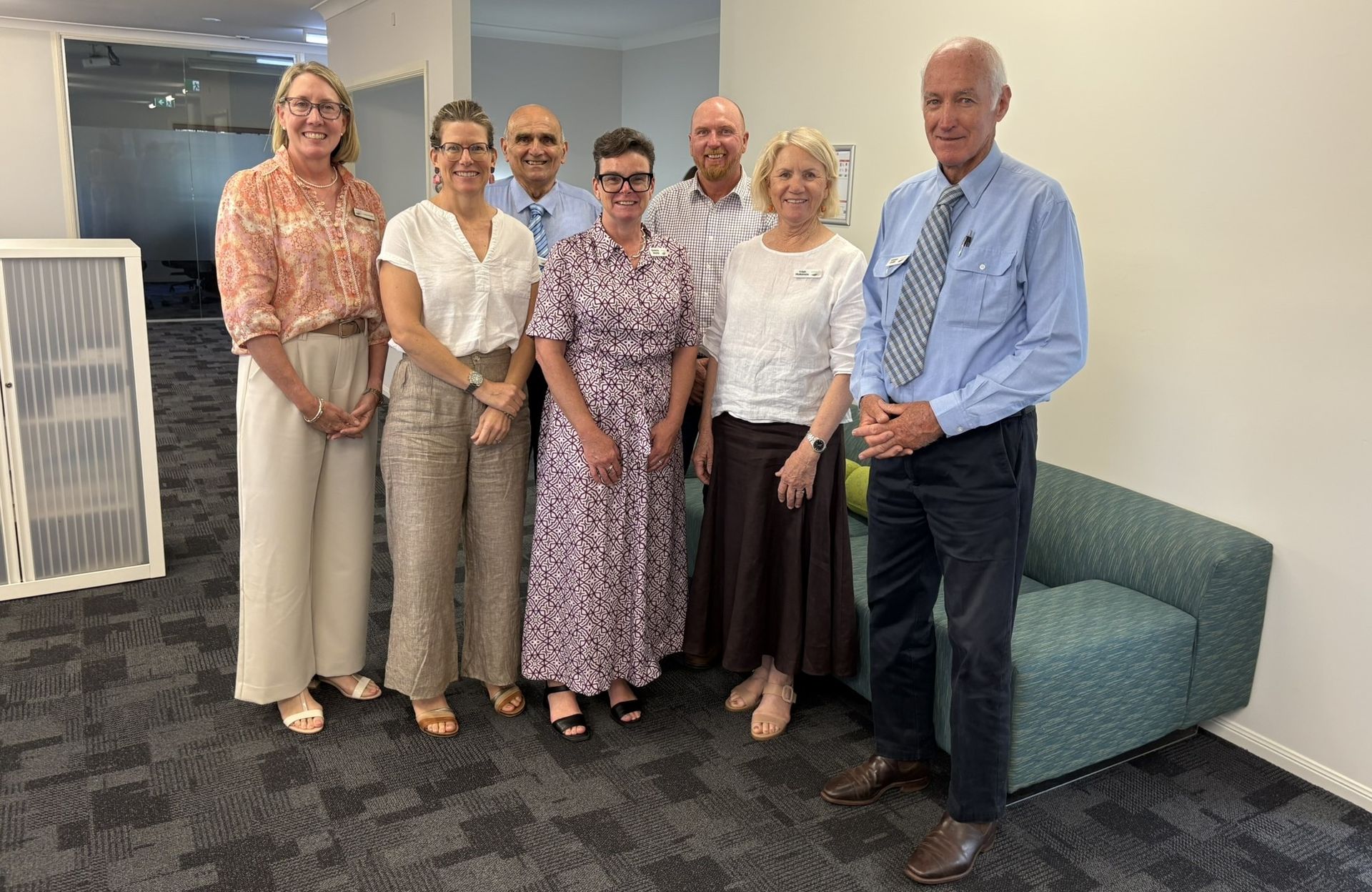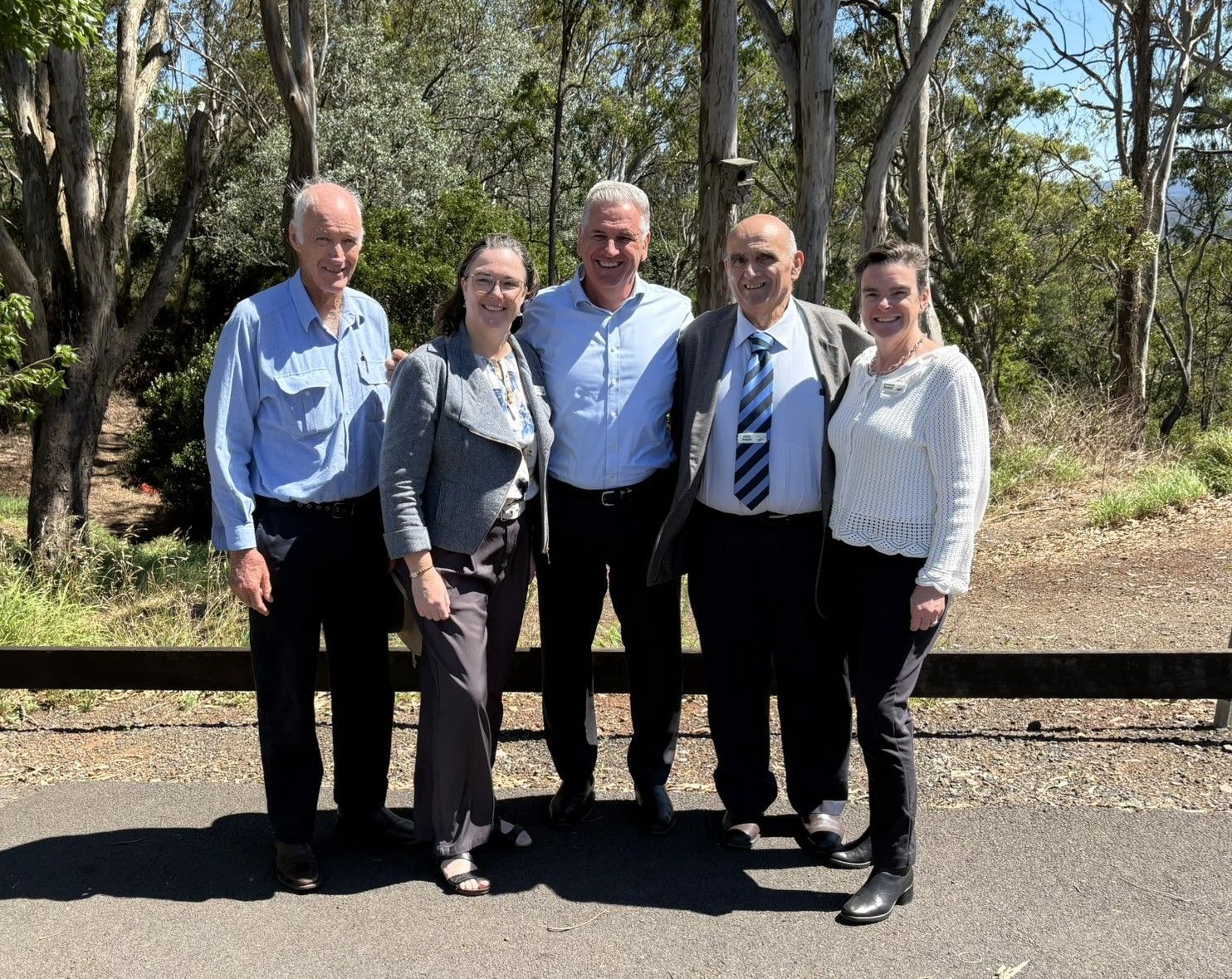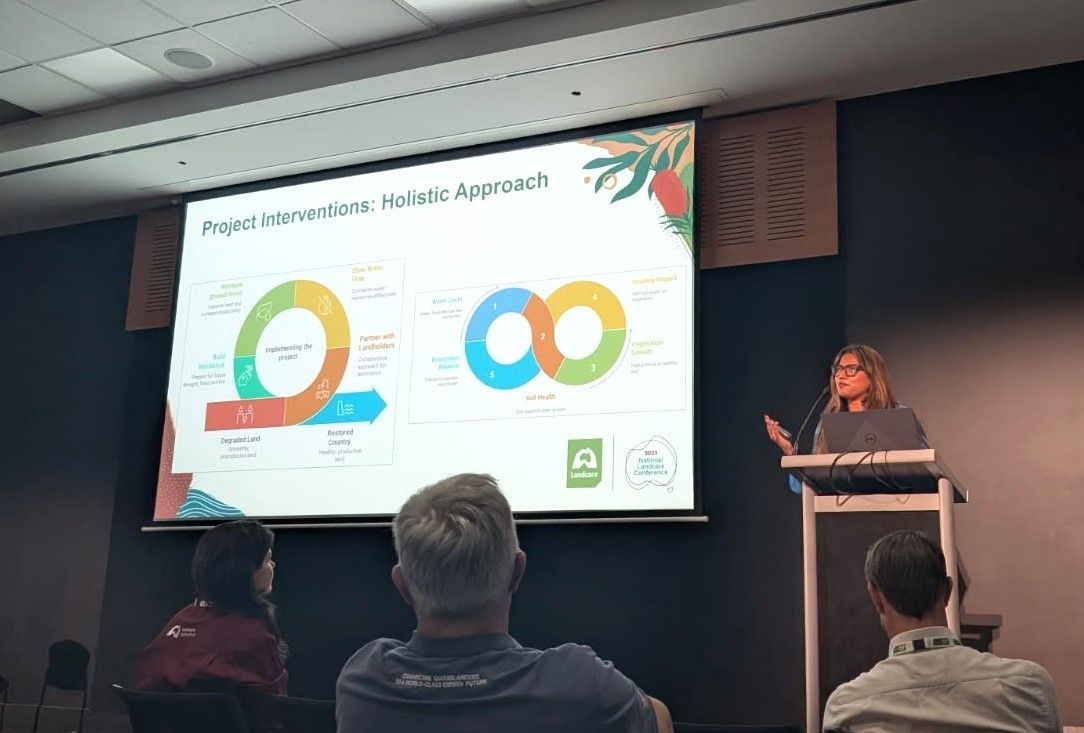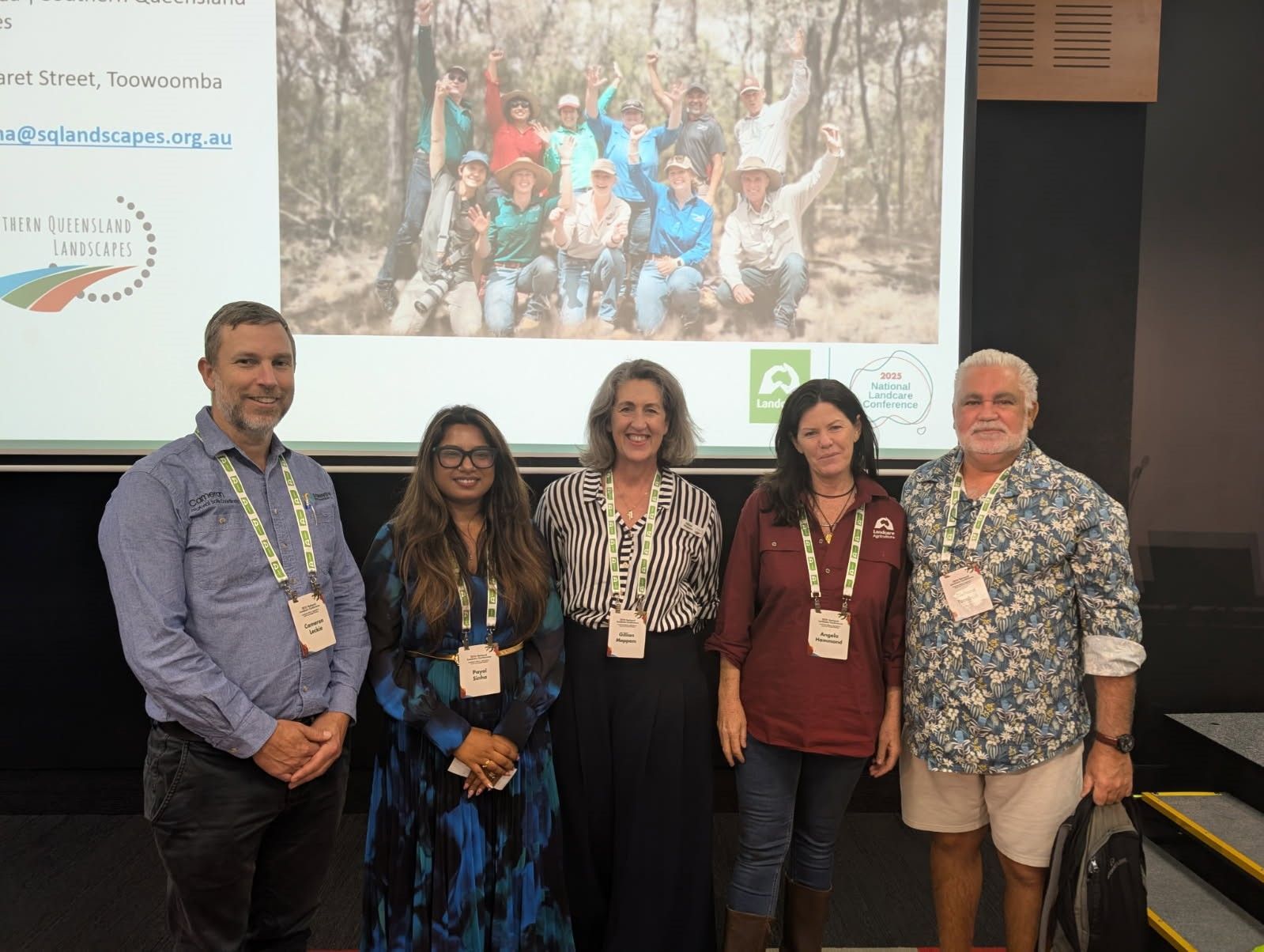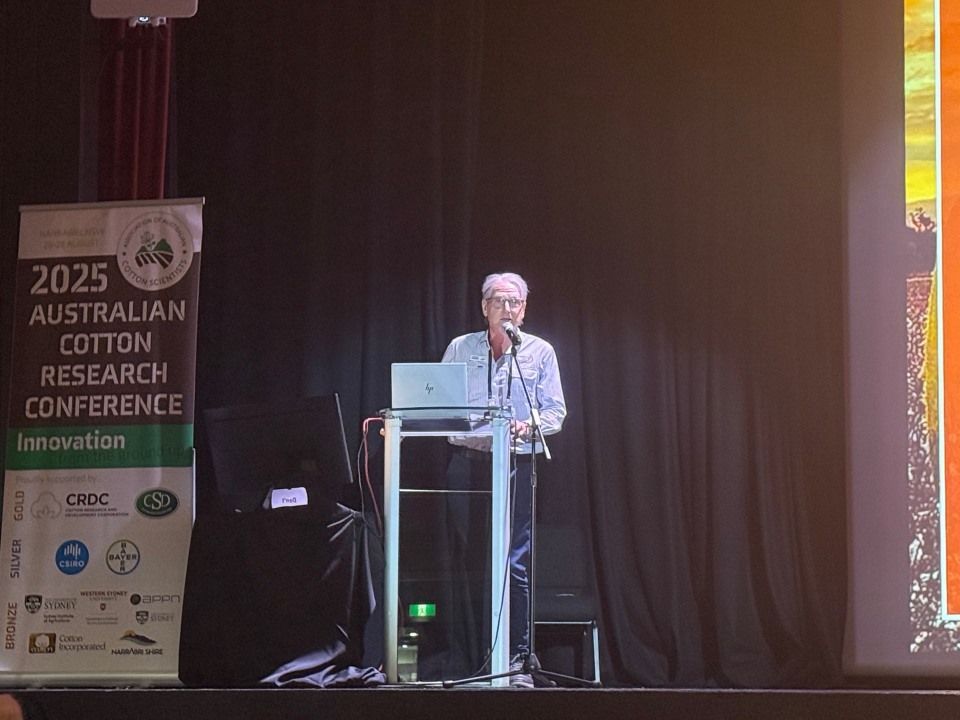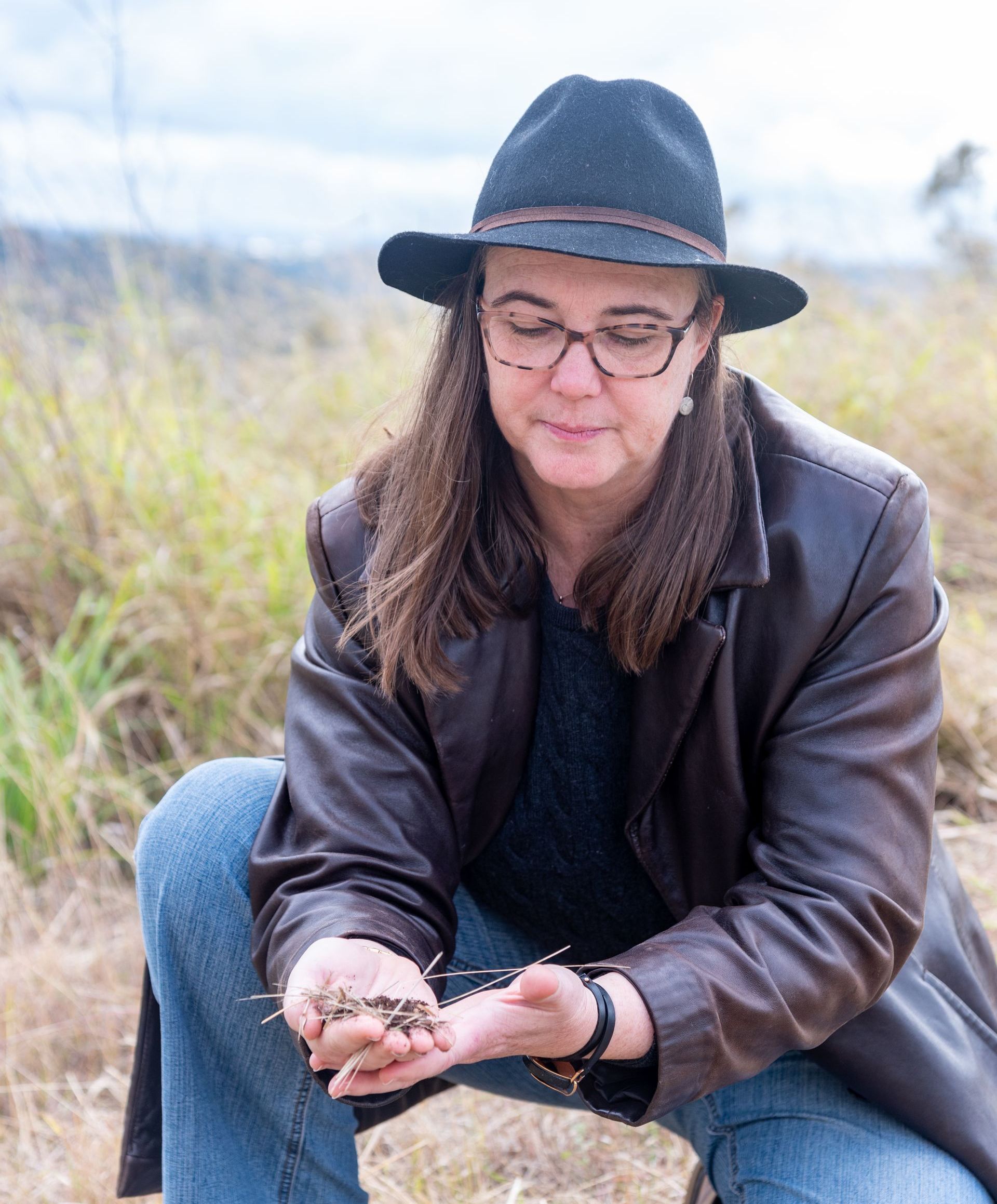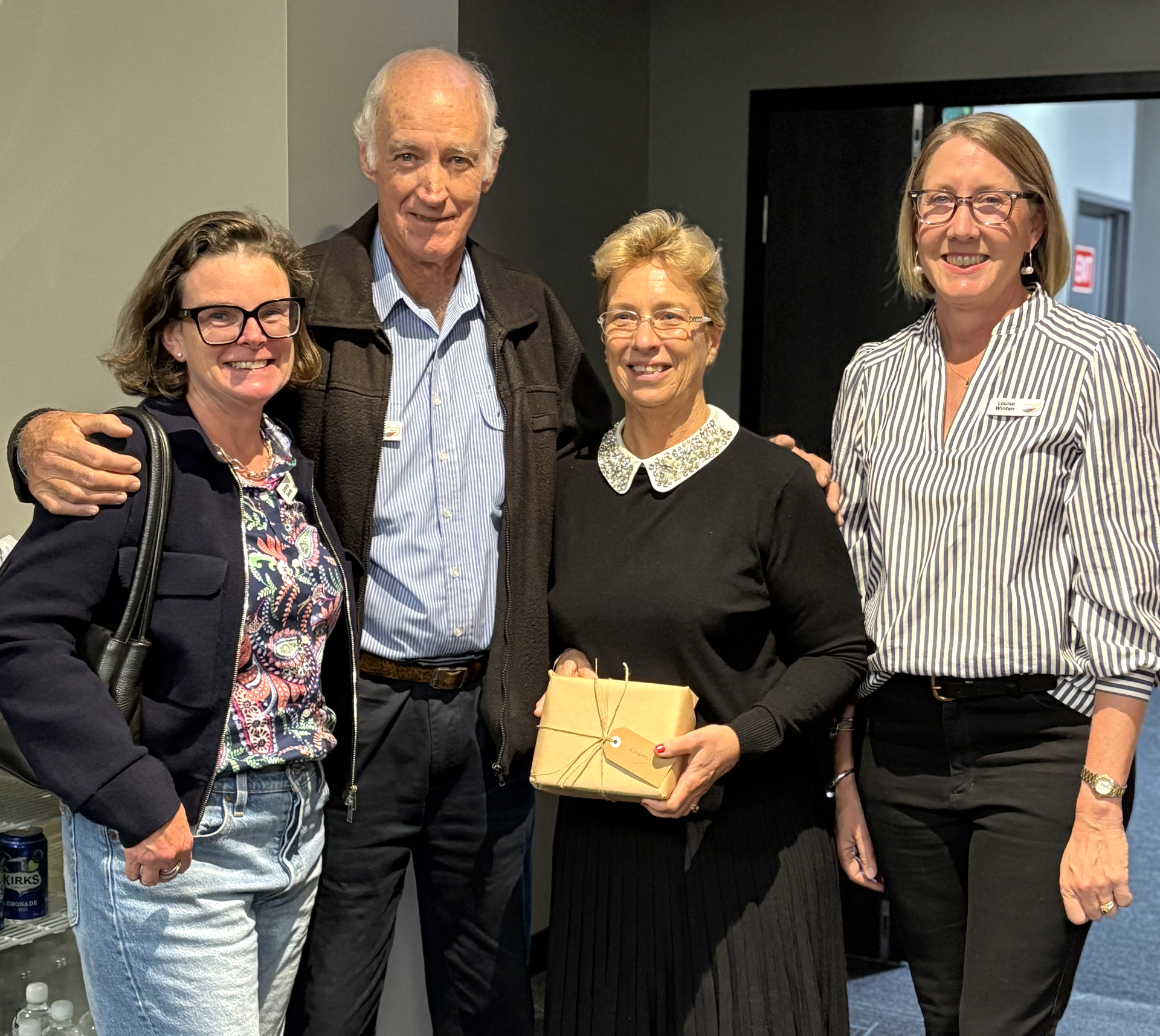A $200,000 project aimed at identifying and reducing threats to Queensland’s most western population of koalas is about to get underway.
Minister for the Environment and Water, The Hon Tanya Plibersek has announced funding for the project under the Australian Government’s Koala Conservation Protection Community Grants, Round 1.
Community-owned, natural resource management organisation, Southern Queensland Landscapes is leading the project.
Chief Executive Officer, Paul McDonald said first-step will be using mapping of likely koala habitat around Morven, Cheepie, Bulloo River North of Adavale and the Warrego River corridor from Charleville to Cunnamulla to identify potential koala locations.
“There’s only been 17 official sightings of koalas in these western areas since the 1980’s so we will be targeting where we think they will be based on cutting-edge habitat mapping; then further fine tuning our search sites through local knowledge of koala locations, especially that advice from our First Nations’ peoples,” Paul McDonald said.
“Then through volunteer spotters, citizen science and SQ Landscape’s own koala detection dogs, we will be accurately pinpointing and mapping those existing koala populations so that we can begin to investigate how to support those remaining strongholds,” Mr McDonald said.
“We will work with land managers surrounding these populations, to protect water sources and promote the health of riparian zones, foster habitat regrowth, improve stock grazing practices, implement weed control and the reduction of feral pest populations and improve habitat value through landscape rehydration techniques,” he said.
“Together with land managers, we aim to have restored or improved more than 1,000 hectares of koala habitat for these key western populations over the life of the project.”
With work starting immediately, Paul McDonald said it’s not a moment too soon for these western koala communities who have been doing it tough.
“These key koala populations throughout Queensland’s Rangelands are at the western edge of the species range,” Paul McDonald said.
“These fringe populations have been facing huge challenges owing to declining habitat, predation from feral animals like wild dogs, foxes and cats, drought, heatwaves and other impacts of climate change,” Mr McDonald said.
“Southern Queensland Landscapes is really excited to be leading this project with funding from the federal government and we look forward to positively impacting the future of these key western koala communities so that they are there for our children’s children,” he said.
The Australian Government’s Threatened Species Commissioner, Dr Fiona Fraser said projects like this play an important role in supporting the recovery of the koala.
“We all want to see koalas thrive for generations to come. This will take a collective effort to combat the threats facing our beloved koala. It’s encouraging to see SQ Landscapes and passionate community members take up this challenge.”
Keep up to date with the progress of this project by subscribing to receive SQ Landscapes’ monthly Enewsletter https://www.sqlandscapes.org.au/about-us#SubscribetoourE-Newsletter or following SQ Landscapes on Facebook, Twitter or Instagram.
The combined koala populations of Queensland, New South Wales and the Australian Capital Territory were listed as endangered on 12 February 2022.
